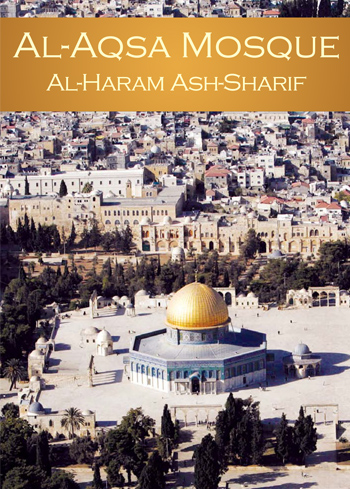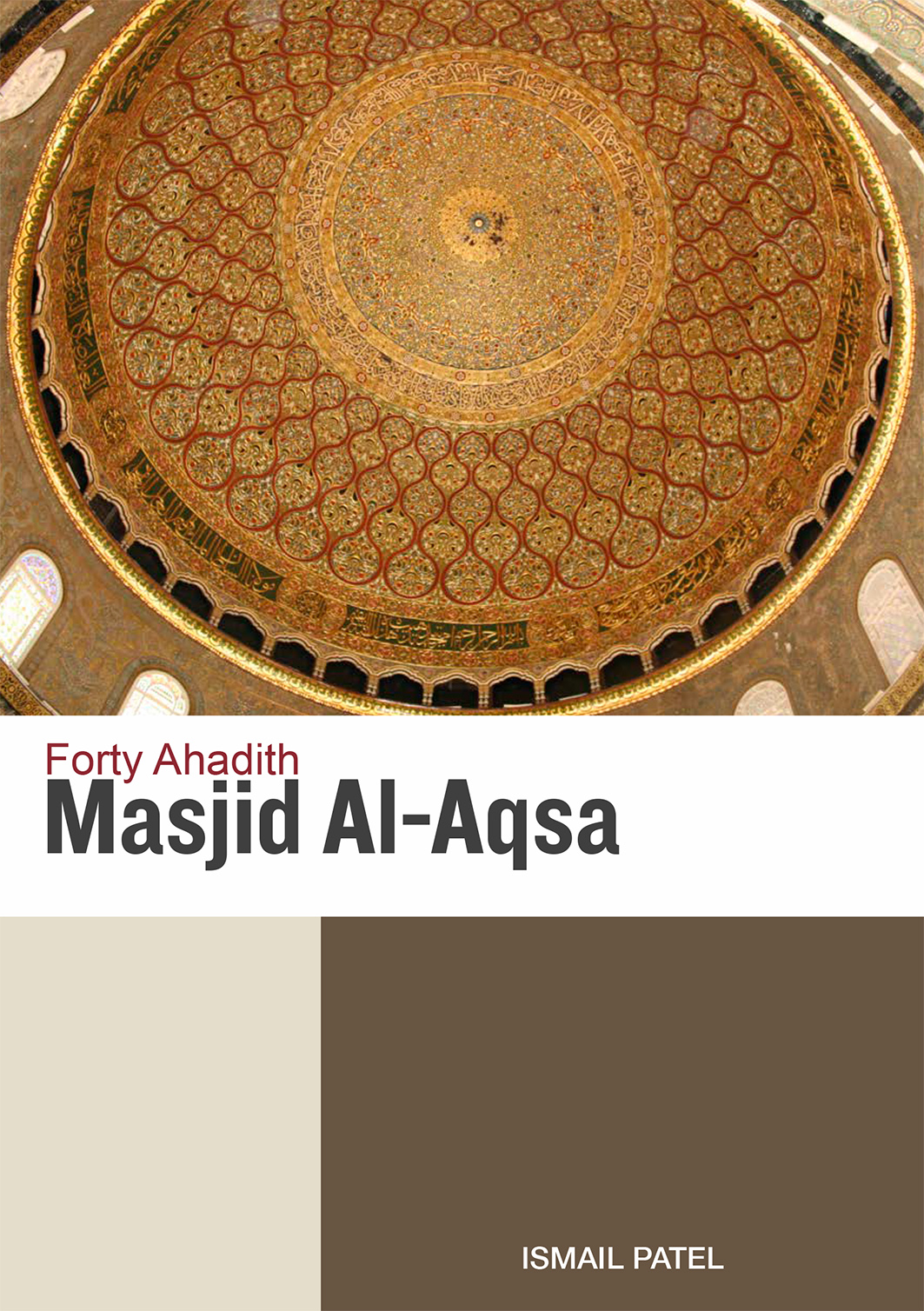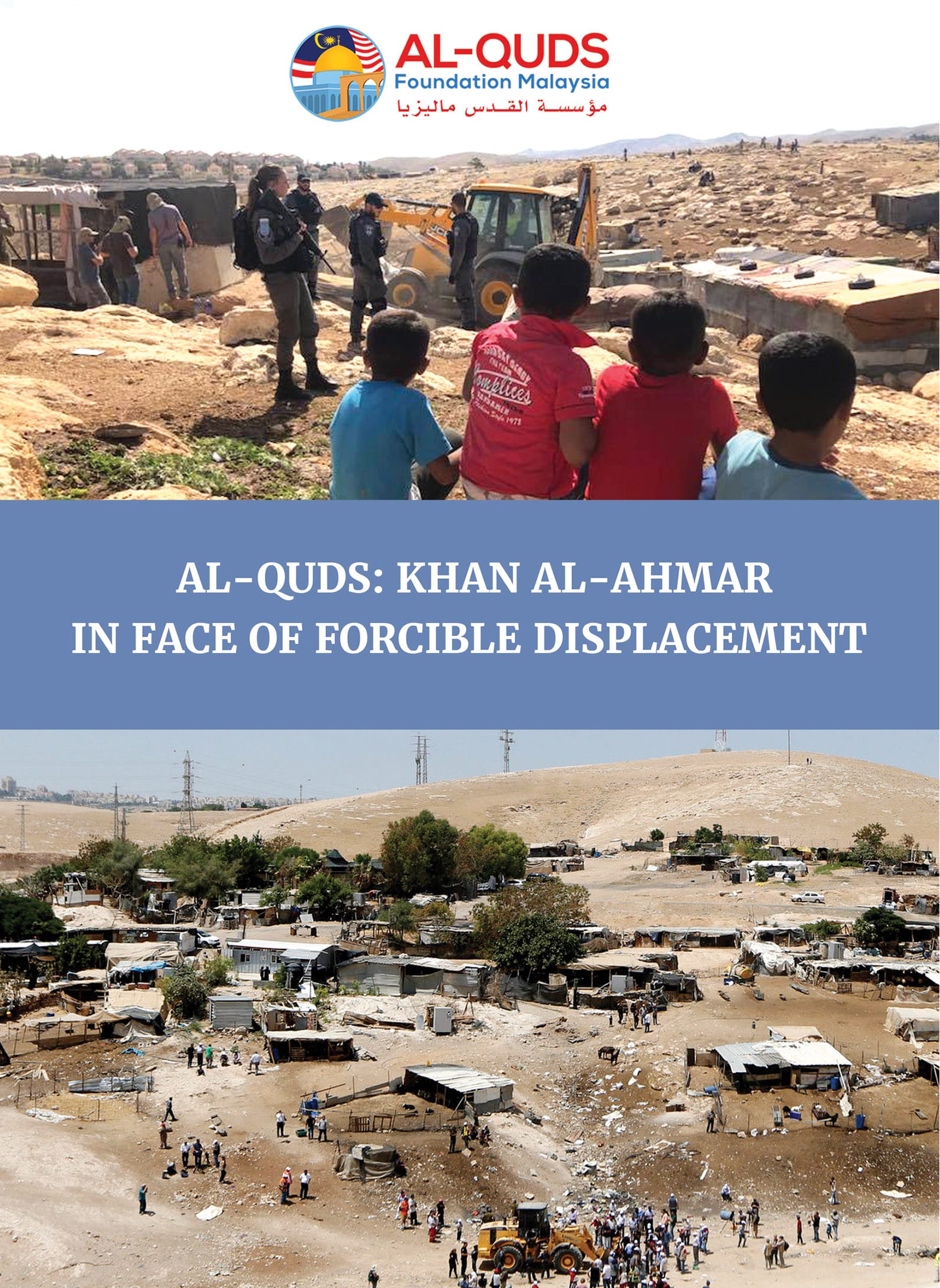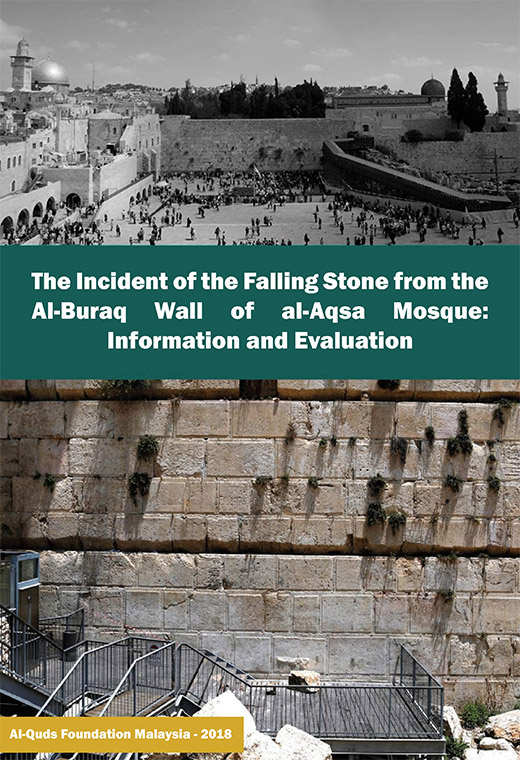The Murabiteen and Murabitat, or Murabitoun, or Murabito Al-Aqsa are groups or individuals from Al-Quds city (Jerusalem) and its surroundings, and [Palestinian] Muslim citizens of the occupied lands in …
-
-
Sheikh Raed Salah is one of the most famous Palestinian figures for his defiance of Israel’s policies and exposing their conspiracies to Judaize al-Quds and …
-
Al-Aqsa Mosque holds a unique level of sanctity in Islam after the Two Holy Mosques; the Masjid al-Haram in Mecca and the Prophet Mosque [Masjid …
How is al-Aqsa Mosque is occupied while we can see Muslims pray there daily?!
It is known that the western part of Jerusalem falls down under the Israeli occupation in 1948. In 1967, Israel...
Read More
Al-Aqsa Mosque During the Prophets Era
The establishment of al-Aqsa goes back to prophet Adam`s era (pbuh). It is confirmed that the prophets who came after him had glorified the holy mosque especially the ones who lived or visited Bait al-Maqdis
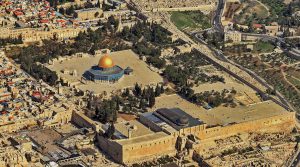
Introduction about Al-Aqsa Mosque
Masjid Al-Aqsa is located in the south-east part of the walled city of al-Quds (which is called today the old town). Al-Aqsa is a name to everything surrounded by the wall of Al-Aqsa and comprises of all mosques musalla inside such as Al-Qibli mosque (located on the south side) and the Dome of the Rock (located in the Masjid’s center) in addition to about 200 other sites and buildings located within its borders (walls)

The Isra and Mi’raj journey
Al-Isra wa Al-Mi’raj (The Night Journey) was a milestone in the Prophetic biography and the history of Islam. The journey has taken place on the twenty-seventh of Rajab in the year before the Hijrah
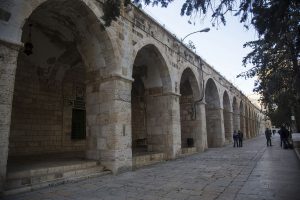
Corridors
It is the corridor between two rows of columns. Many studies indicate that al-Aqsa mosque had three corridors in the past, extended along the eastern, Northern and Western walls of
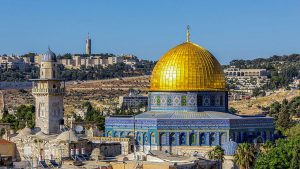
Al-Aqsa Mosque in the Sunnah
The Sunnah has an abundance of hadiths and events that indicate the great sanctity of Masjid Al-Aqsa and its significance and holiness, as well as the Prophet’s (pbuh) and his companions’ attention to the Masjid.
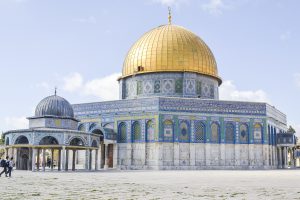
Domes
Al-Aqsa Mosque has a number of beautiful and graceful domes that adorn the courtyard of the mosque. These domes were built during the periods of Islamic rule from the Umayyad
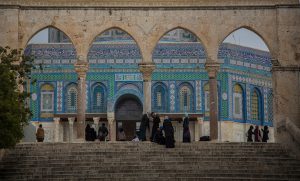
Arched Gates
Arched gates, also called “scales,” comprise a number of stone or marble columns that are linked together using arches. A number of arched gates surround the Dome of the Rock’s plateau on

Al-Buraq Wall
Al-Buraq Wall represents the southwestern section of Al-Aqsa Mosque’s wall, some 50 meters in length and approximately 20 meters in height. It is part of Al-Aqsa Mosque and considered an Islamic property.








